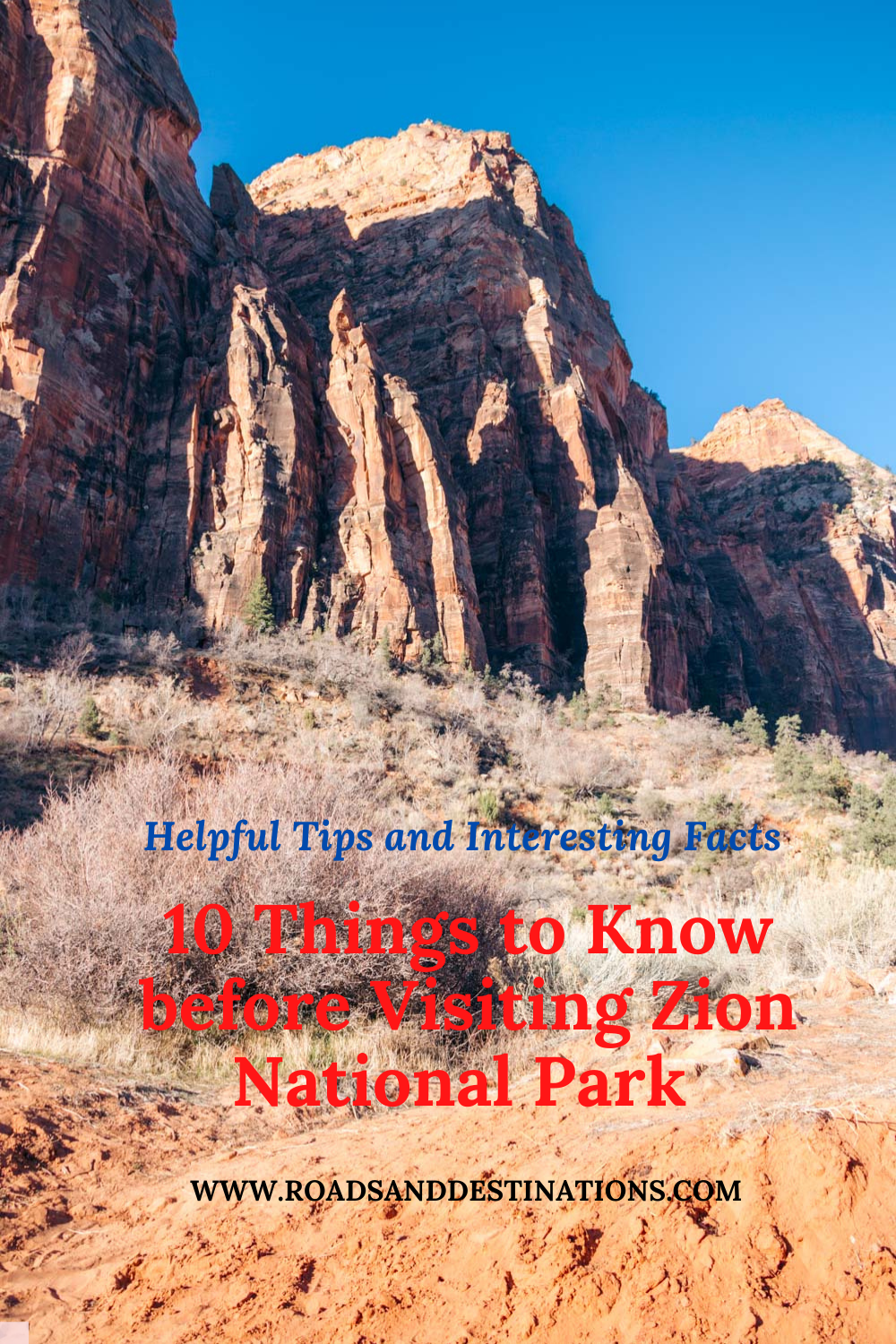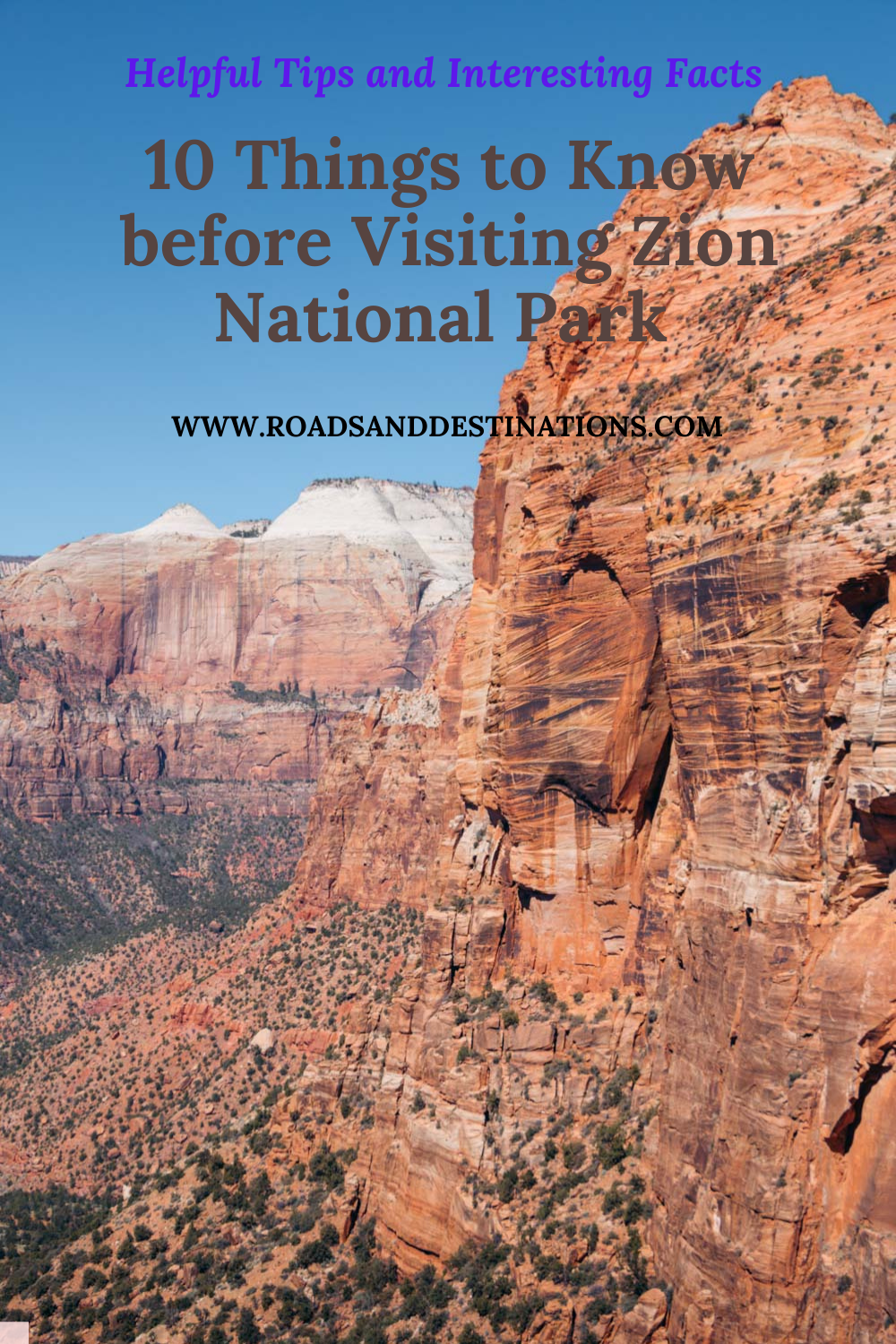What do you need to know before visiting Zion National Park? It’s big. It’s popular. And it’s way too different from other national parks on the West Coast of the U.S.
Last updated: December 7, 2025
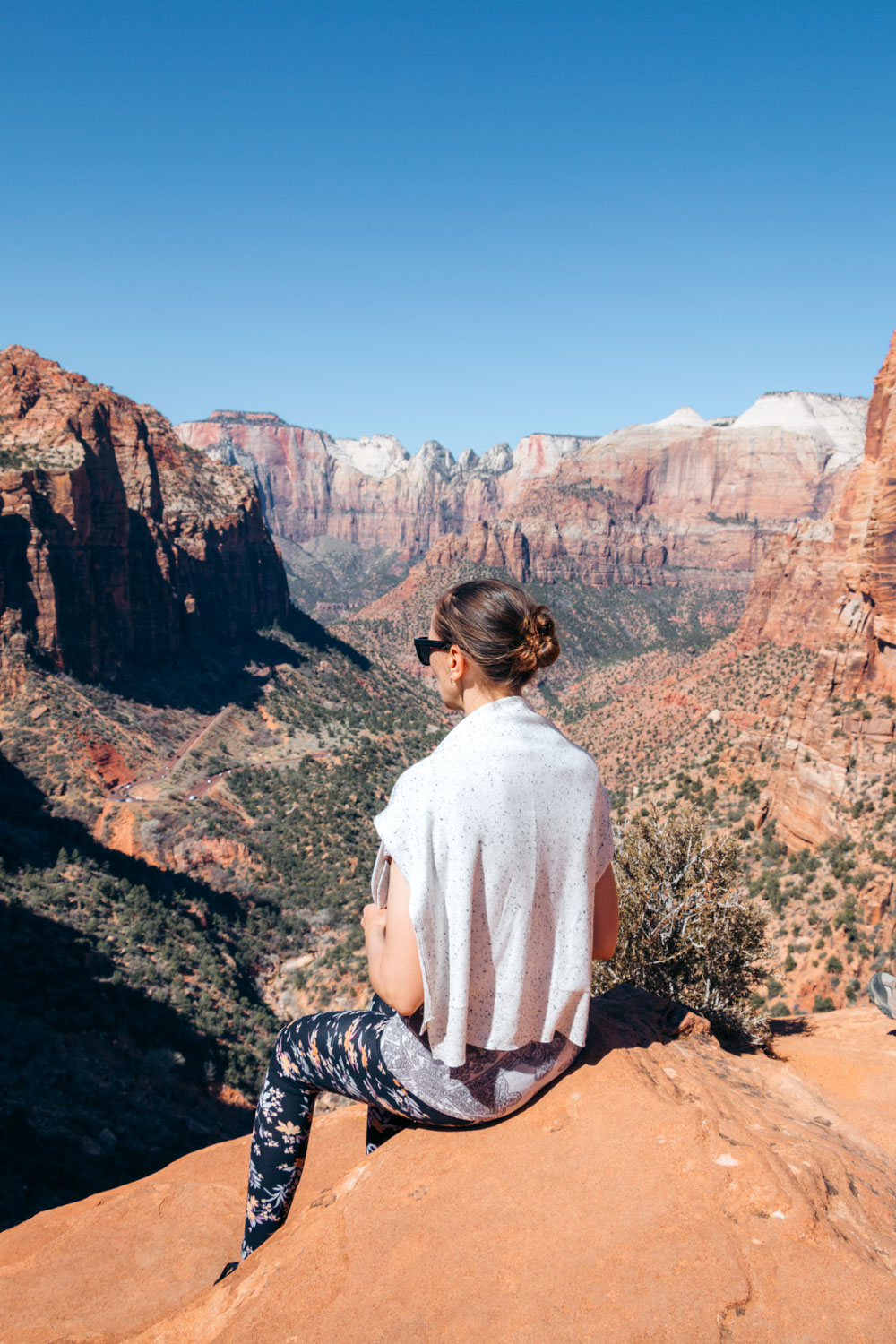
Everything You Need to Know before Visiting Zion National Park
Can you find at least one person who doesn’t read an article or two in an attempt to find any specific recommendations on how to make the most of a visit to a national park? Although exploring these protected areas is usually a no-brainer, you want to be well equipped with all possible information. Why do you want to take chances and miss something unique and important if you can do a little research up front?
Like most of you, we’ve been to a fair amount of national parks. Thus, preparing an itinerary and doing research before setting out for an adventure has become second nature to us. Yet when it comes to visiting Zion National Park, you want to know far more information, go through abundant helpful tips, and take note of a number of facts specific to this area prior to your trip. Why all the trouble?
Not even the biggest national park in the United States, Zion imposes some strict regulations that all its visitors must abide by to preserve the area’s unique environment. Luckily, a wide array of interesting facts and incredible stories make these regulations less rigid, further explaining what you should expect and not expect in Zion National Park.
Why Do You Need to Prepare for Your Trip to Zion Beforehand?
“No big deal”, you may think. Every park – Zion National Park is not an exception – unveils its secrets and fascinating facts when you dig deeper. Fair enough. But did you know that Zion has one of the oldest lodges in the country? Technically, the original hotel was destroyed by fire in 1966. Yet a new building rose and resumed the old lodge’s operations mere 108 days later.
If you think that the detailed information about the area is indeed fascinating, but is not important and certainly not useful for a visit to Zion National Park, think again. All park’s guests – whether they’ve been or just planning to visit the area – know about the remarkable Zion-Mount Carmel Tunnel. Have you, however, heard that bicyclists can’t pass through the structure?
And that’s just the beginning. Let’s dive deeper into this topic and go over some other things you need to know before visiting Zion National Park.
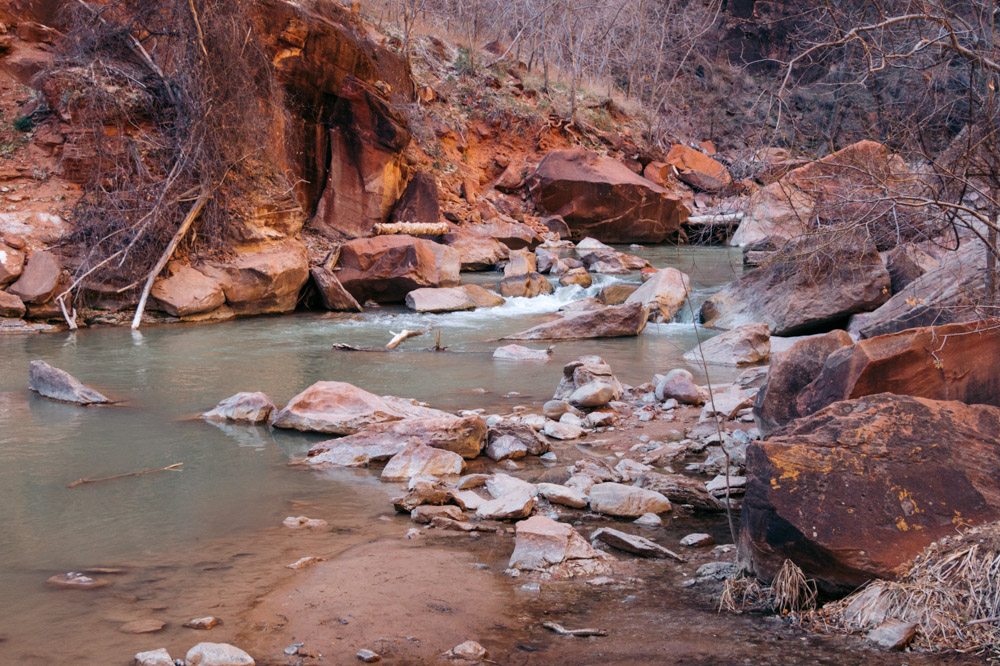
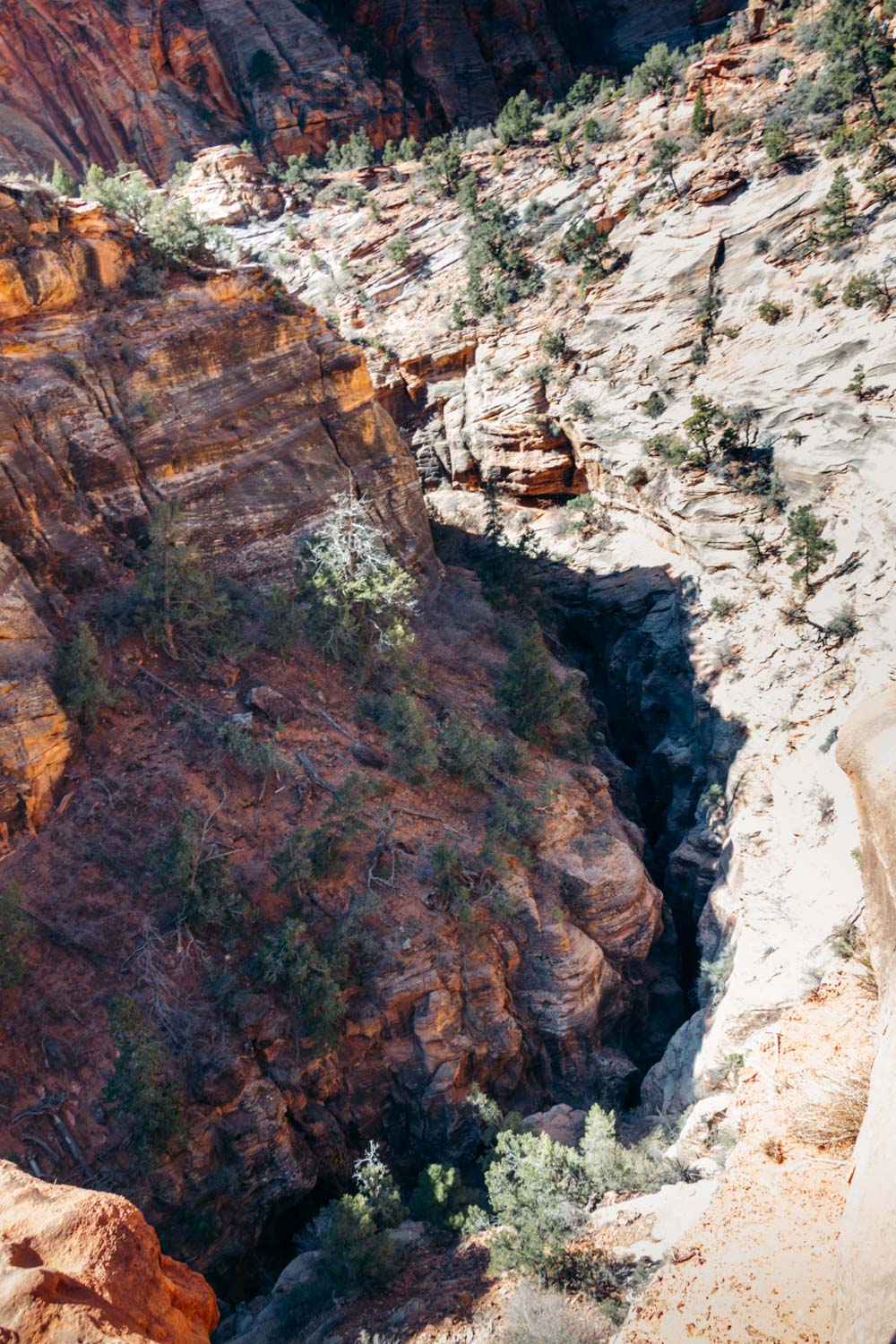
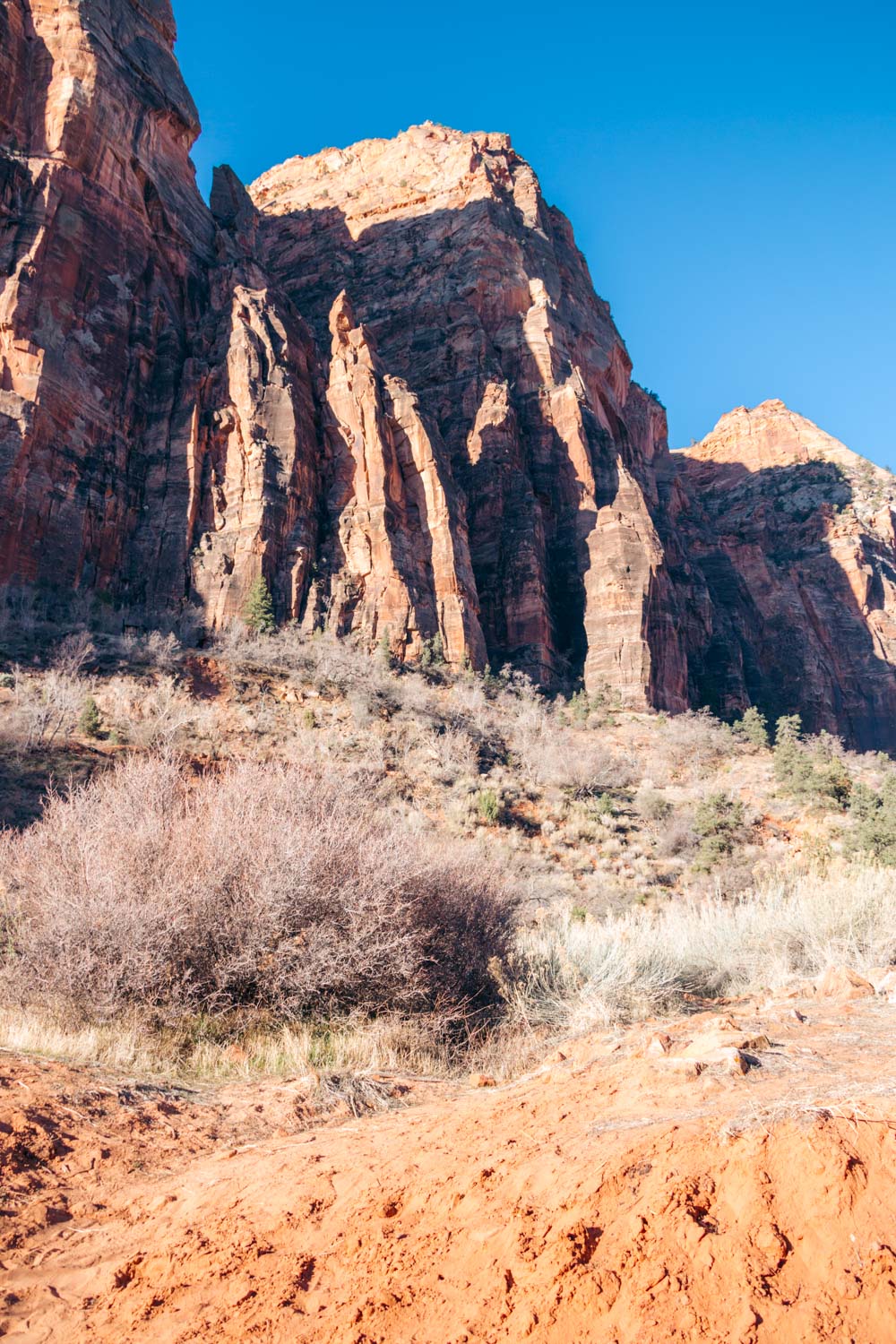
TIPS AND FACTS TO KNOW BEFORE VISITING ZION NATIONAL PARK
HELPFUL TIPS YOU SHOULD KNOW BEFORE TRAVELING TO ZION
1. Zion National Park Has Several Unique Sections
Did you know that Zion National Park consists of several unique sections, the majority of them overlooked? The chances are that you’re planning to visit Zion Canyon, an area that the Zion Canyon Scenic Drive runs through.
Main Canyon
How do I know it? Because the majority of Zion’s guests aim at exploring the same section. Indeed, the main canyon deserves all the attention. Needless to say, it’s a place where some of the iconic landmarks of Zion National Park such as Emerald Pools, Angels Landings, and Riverside Walk “reside”.
TIP: Make sure to visit this section of Zion National Park early in the morning. The main canyon gets busy during the day.
Upper East Canyon
On another note, Zion Canyon with its iconic scenic drive is just one place you want to explore. Interesting to know, Upper East Canyon, nestled in the eastern corner of Zion National Park, enjoys different views and trails with far fewer people to share to.
Home to such popular natural wonders as the Canyon Overlook, Checkerboard Mesa, and a plethora of secret trails and hidden canyons, the place instills the sense of exploration in all of its visitors.
Direction: Drive along Route 9, passing through the Zion-Mount Carmel Tunnel, to access the area from the South Entrance.
Kolob Canyons
If Upper East Canyon still feels too crowded, venture to the Kolob Canyons, the lesser-known and frequently overlooked area of Zion National Park. The place sits about 30 miles northwest of the main canyon.
Although just a small portion of a few millions of nature lovers visiting Zion National Park yearly know or visit this secluded section, the Kolob Canyons boasts some of the most stunning sites. From the Taylor Creek Trail to the Timber Creek Overlook, the place astounds with its rare beauty and endless adventures.
TIP: This lesser-known area of Zion National Park is the playground for the most experienced hikers. Although a regular visitor can still enjoy some easy trails, the majority of the paths often feel too challenging. Moreover, some of the trails, such as the Subway, require a hiking permit. You can obtain it in person at the Zion Canyon Visitor Center the day before visiting the Kolob Canyons, or on the day of your hike.
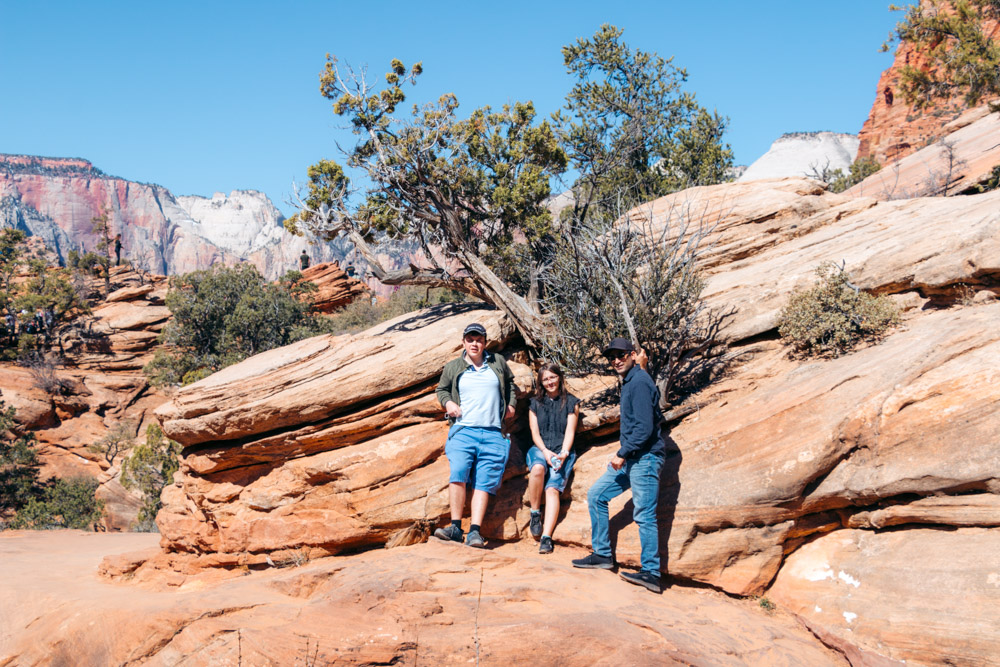
2. Zion National Park Has Three Entrances
Utah’s favorite park has three entrances: the South Entrance, the East Entrance, and the Entrance near the Kolob Canyons area. The first two are the most popular ways to access Zion National Park and visit its iconic natural features.
The South Entrance sits right near the town of Springdale. Assisting more visitors than the East Entrance, it welcomes Zion’s guests coming from the west.
The East Entrance is nestled along Route 9. This part of the park surprises you with the Zion-Mount Carmel Highway Scenic Drive, one of the most picturesque routes in Utah. As you drive farther, the Zion-Mount Carmel Tunnel that the majority of the visitors know as an architectural marvel of the area connects Upper East Canyon with the main section of the park.
TIP: The East Entrance of Zion National Park works best for visitors traveling from Bryce Canyon National Park or the Grand Canyon.
The entrance near the Kolob Canyons is located near the Kolob Canyons Visitor Center.
Good to Know: No official booth with a ranger taking the payment marks the entrance to Zion National Park. Upon arrival, pay at the Visitor Center and continue on to your next destination.
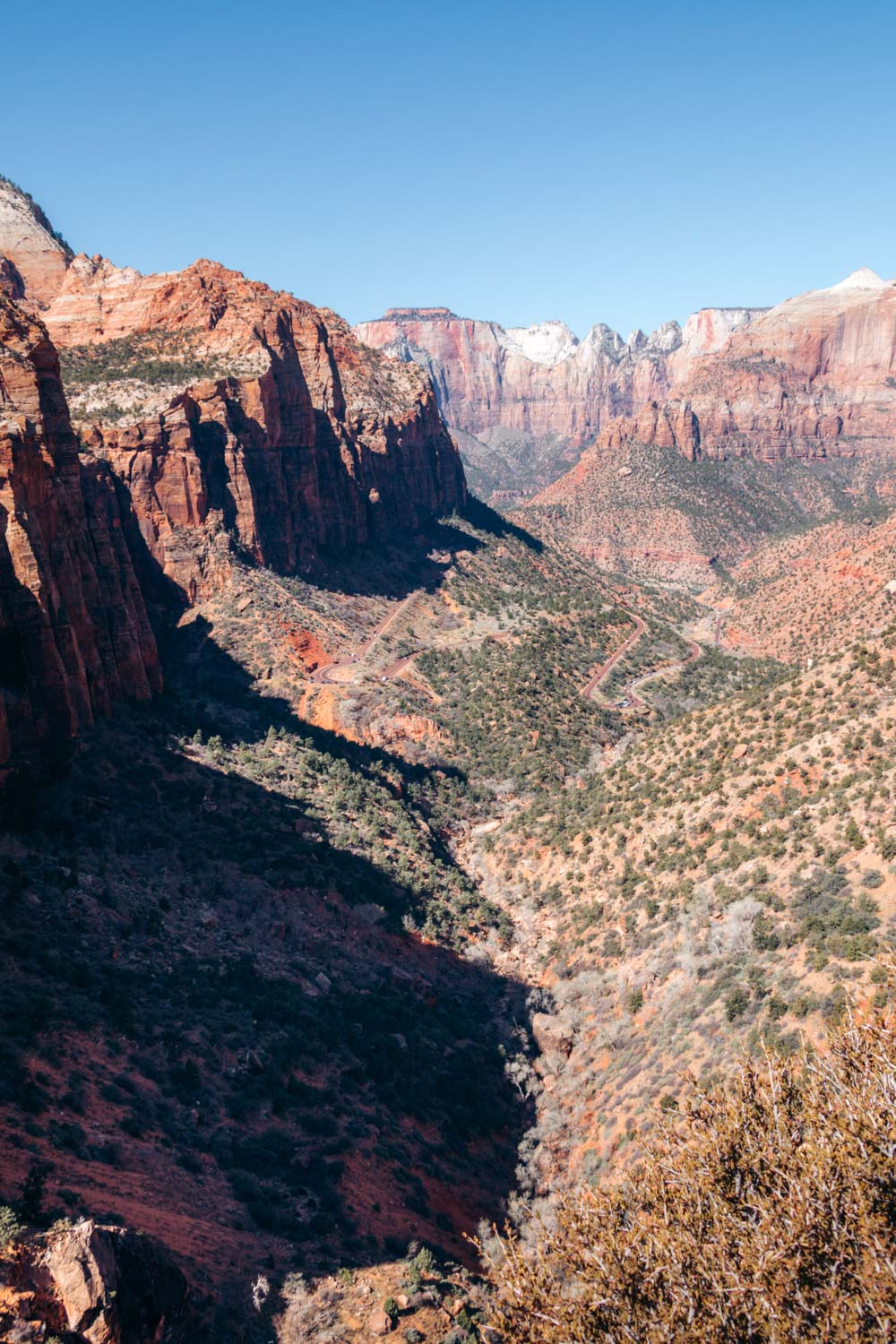
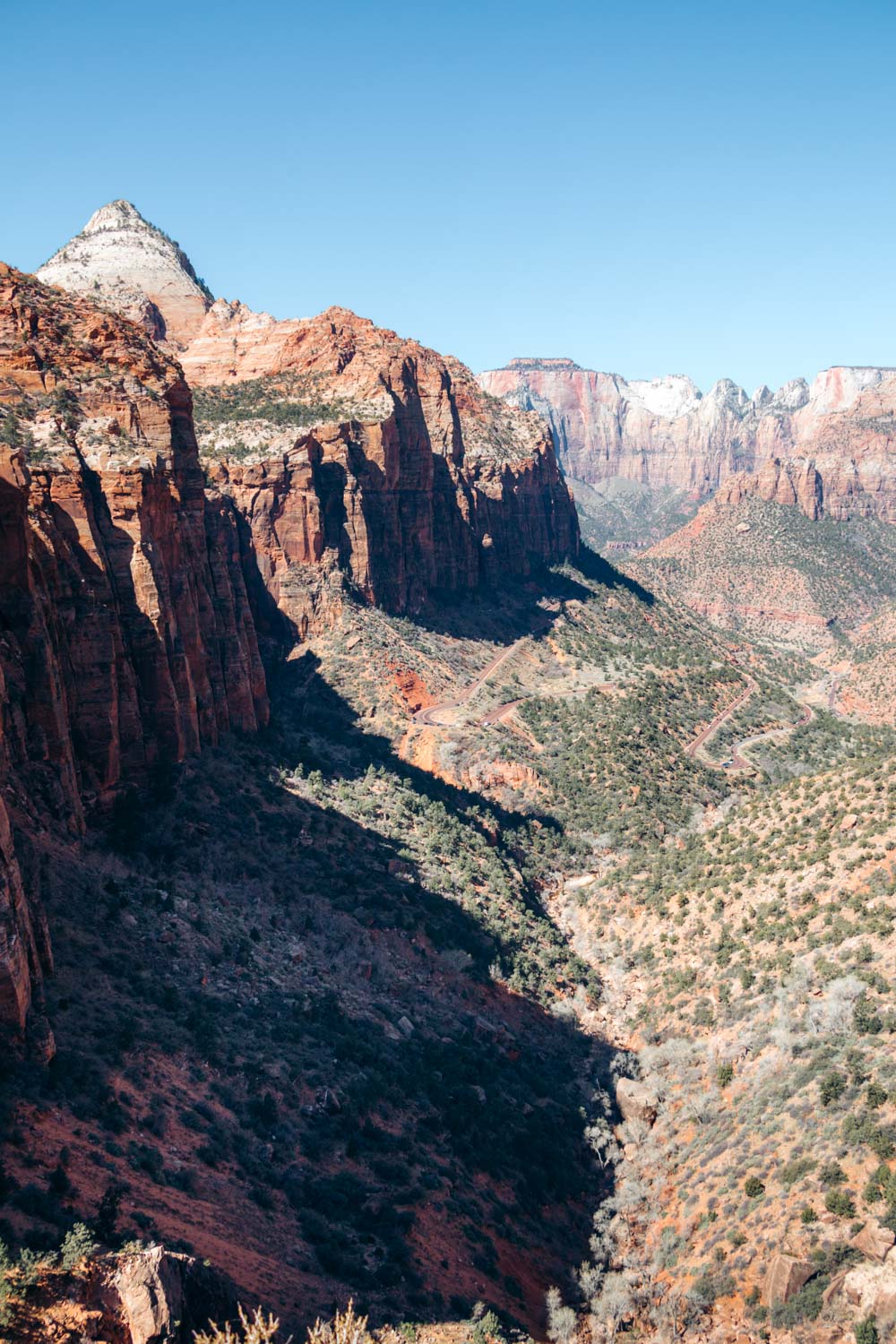
3. Alternative Ways to Hike to Observation Point
Although Zion displays different lookout points, Observation Point remains the most popular among them. The iconic vantage point has a few alternative routes to get to.
The shortest of them is the East Mesa Trail. The 6.6-mile, round-trip path starts on the upper east plateau and takes approximately 4 hours to complete. The path is long, but not particularly challenging. The biggest obstacle here is to find the trailhead. Once you succeed, the hike is a piece of cake, filled with the scenic views of the canyon.
The East Rim Trail to Observation Point, is longer. Stretching out for 11 miles one way, it’s a whole day hike. If you want to give it a try, head to the Zion Ponderosa Resort. The trailhead is located right behind the property.
TIP: Don’t mistake the East Rim Trail for the popular West Rim Trail that leads to the Grotto in Zion Canyon.
Need to Know: The most popular way to get to Zion Observation Point is trekking down the Weeping Rock Trail. The path runs past the Weeping Rock pantheon and continues on for nearly 4 miles. As of 2025, the trail is still closed due to a massive rockslide that buried the trail and the Weeping Rock pantheon.
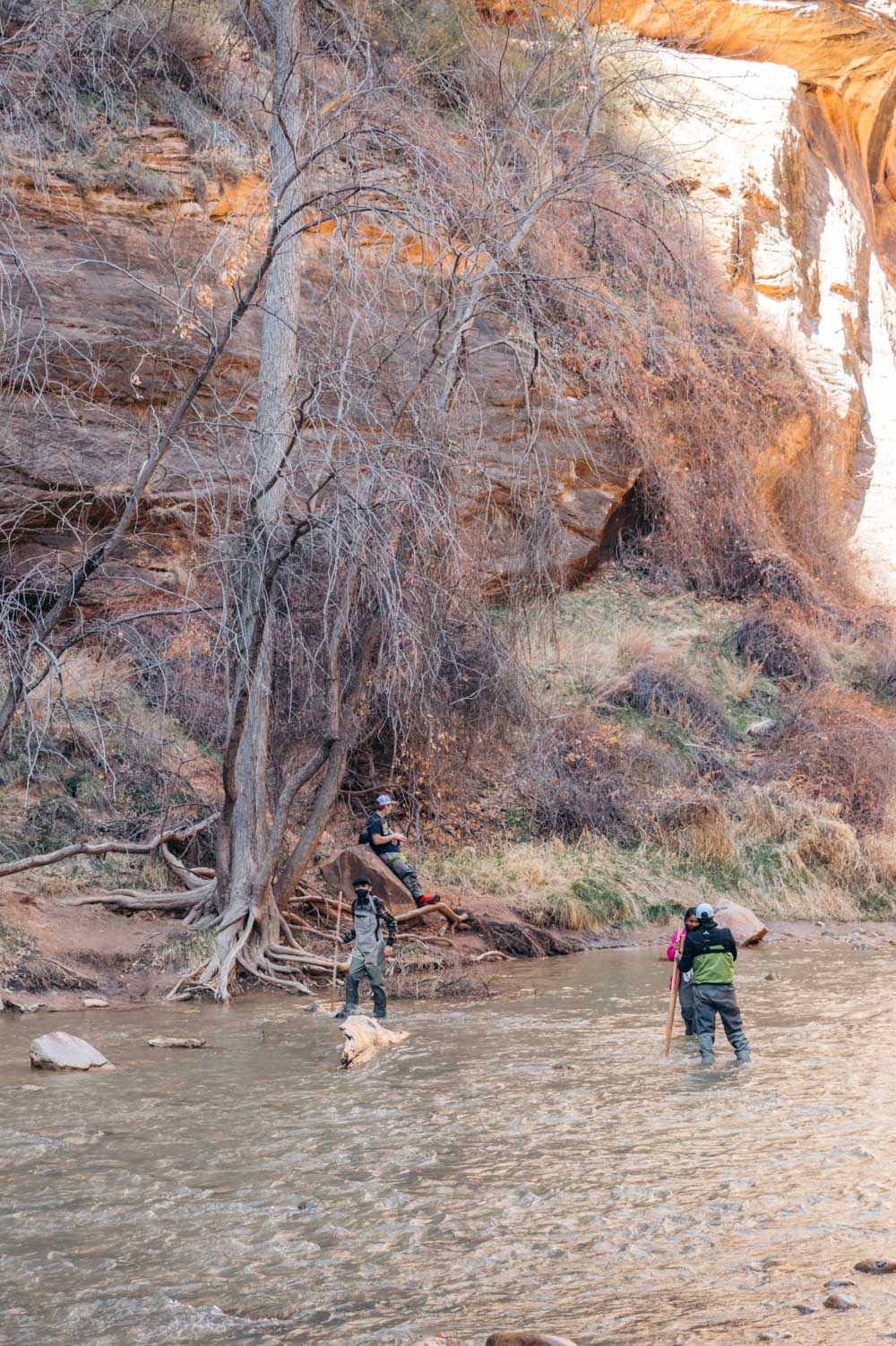
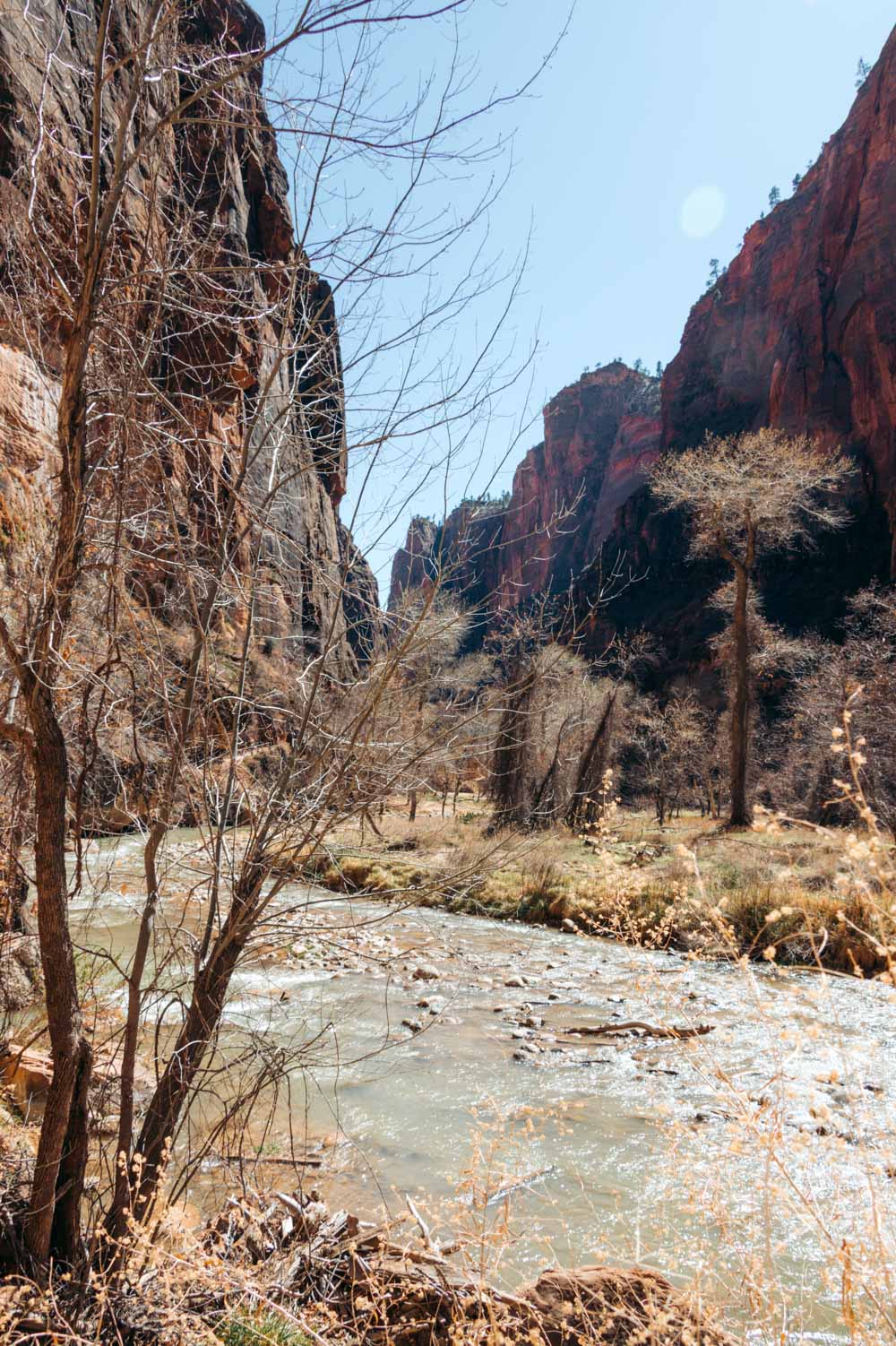
4. Toxic Cyanobacteria in the Virgin River
The Virgin River has been on the Utah Department of Water Quality’s radar since the summer of 2020. Interesting to know, the toxic cyanobacteria was discovered by accident when a dog died after drinking water from the river.
What You Should Know about Toxic Cyanobacteria before Visiting Zion National Park
It’s a known fact that the toxins target the nervous system. As they spread in the body, rushes, numbness, seizures, vomiting, and diarrhea occur. Death is not uncommon in the cases with the toxic cyanobacteria.
Since the toxics can be absorbed through skin, eyes, and mouth, the Utah Department of Water Quality recommends staying away from the Virgin River as much as possible. In 2020, the toxic levels increased to the point that a Danger Advisory was imposed.
As of June 1, 2021, the toxic levels have lowered based on May 2021 sampling results, and a Warning Advisory has been admonished. For the updated information, refer to the official site.
Need to Know: Zion National Park’s wildlife gets its water supplies from the Virgin River and its streams and can transmit the toxic cyanobacteria. Thus, it’s recommended to avoid any contacts with the park’s animals along the Riverside Walk Trail and the Narrows Trail.
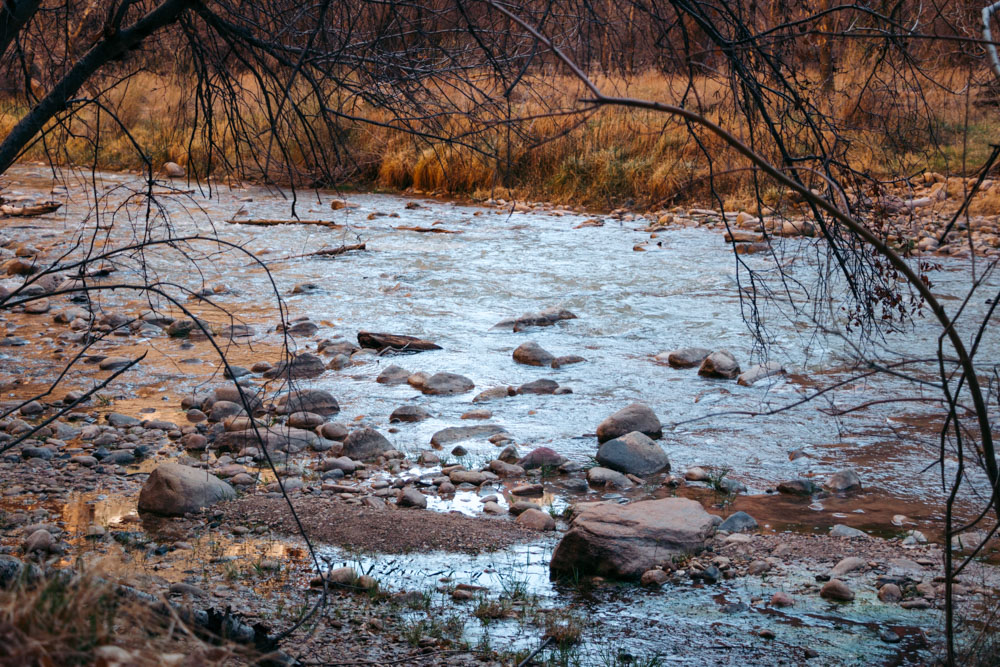
5. Zion National Park Has a Subway
The Subway in Zion has nothing to do with public transportation or a popular fast food chain. It is far more impressive. Spreading along the Left Fork of North Creek, this picturesque trail astounds with secluded natural tunnels and gorgeous views.
On the other hand, this remote area of Zion National Park is extremely challenging. Two routes comprise the Subway Trail. The 9-mile, round-trip Left Fork Bottom-Up route (or simply the Subway) runs through the Left Fork of North Creek and requires extensive route finding and scrambling over boulders.
Trailhead: This Zion National Park’s lesser-known trail starts and ends at the Left Fork trailhead off the Kolob Terrace Road.
The Left Fork Top-Down canyoneering route is even more strenuous. Beginning at the Wildcat Canyon trailhead, the trail runs for 9.5 miles and ends at the Left Fork trailhead. Extensive route finding along with rappelling and swimming are also required.
Need to Know: Exploring the Subway of Zion National Park is allowed by hiking permits only. The number of daily permits is limited.
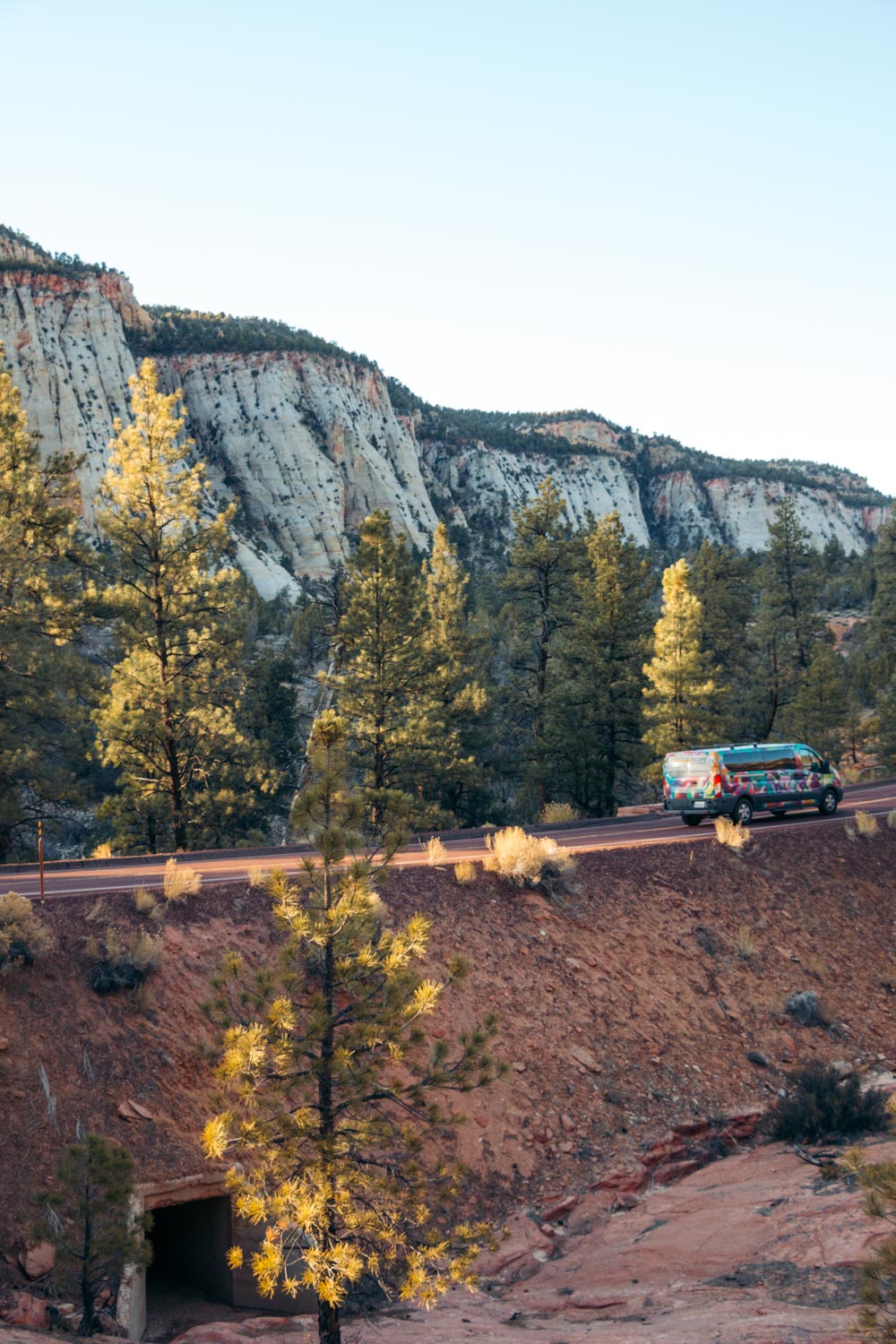
6. Use Zion Shuttle to Get to and around Main Canyon
Driving a rental or private vehicle along the scenic drive in the main section of Zion is prohibited most of the year.
From mid-March through November, free Zion shuttle operates along the route. The bus departs from the Visitor Center and takes the passengers to nine specific areas along the scenic drive. The shuttle stops are not chosen randomly, though. On the opposite, they connect the visitors of Zion National Park with the popular natural landmarks and favorite trailheads.
TIP: It’s recommended to start your Zion National Park’s exploration early in the morning to avoid crowds waiting for the shuttle at the Visitor Center.
The shuttle doesn’t operate along the Zion Scenic Drive during the slow season (December, January, and February). During this time, you can drive up and down the route and visit any places along the Zion Canyon Scenic Drive at your own pace.
READ MORE: How to Get around Zion National Park: Zion Shuttle
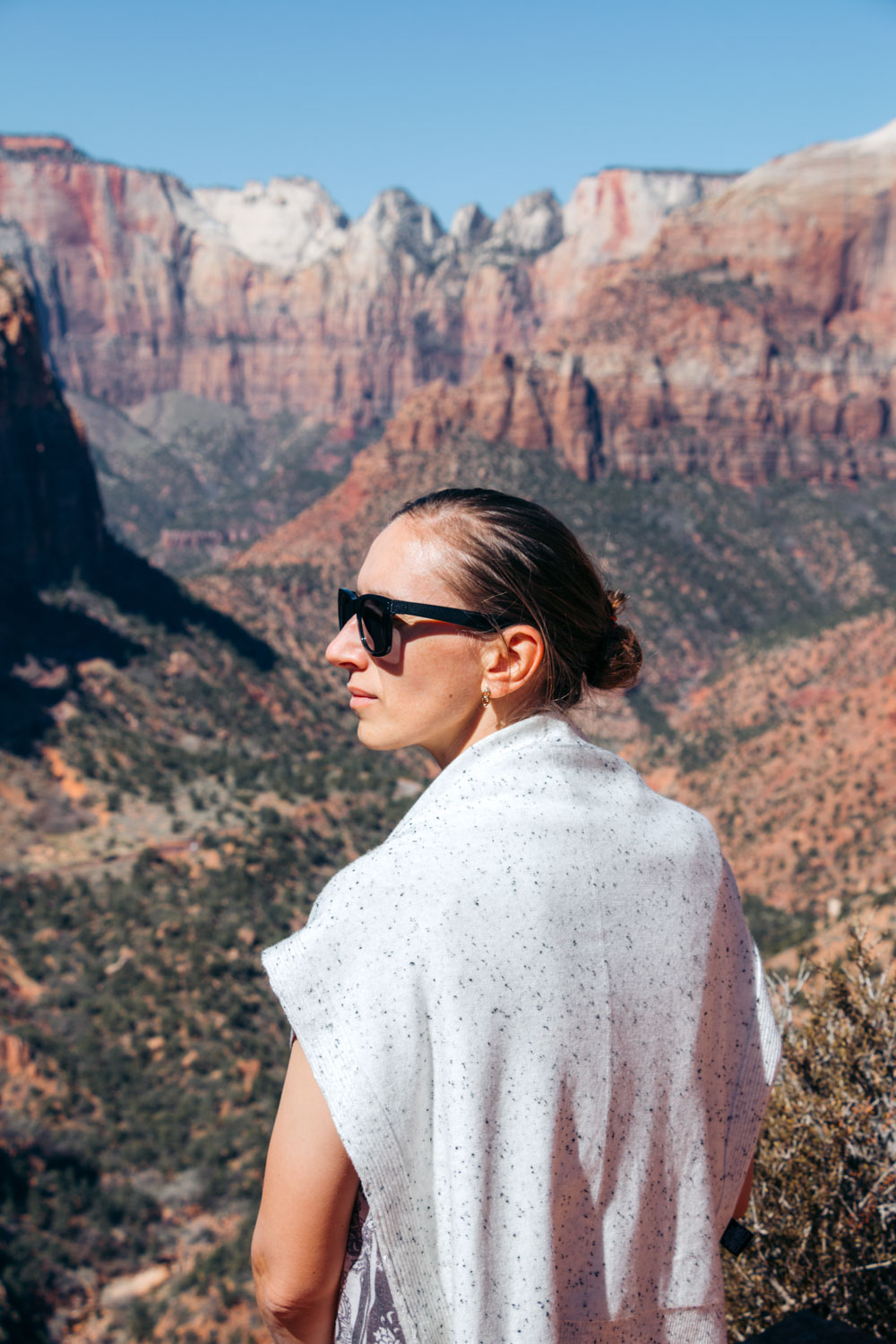
INTERESTING FACTS ABOUT ZION NATIONAL PARK
7. No Biking or Walking through the Zion-Mount Carmel Tunnel
Whether you drive or bike, visiting the Zion-Mount Carmel Tunnel is a must during your first trip to Zion National Park. Known as an engineering wonder, the structure stretches for 1.1 miles and is pitch dark inside. Several “windows” along with the entrances on the both sides serve as the only suppliers of light into this mysterious black realm.
It took three years (1927-1930) to dig the tunnel, which was the longest tunnel of its kind in the country. According to the old-day standards, the structure was designed to assist only small cars. In fact, large tracks didn’t even exist back then. The two-lane tunnel hasn’t gone through major reconstruction since its “birth” and works best for the smaller vehicles.
Good to Know: Large cars can still travel along Route 9, including the Zion-Mount Carmel Tunnel, but only during specific hours. Traffic in the opposite directions is closed at this time to let the “heavyweights” pass.
TIP: Bikers and pedestrians are not allowed inside the Zion-Mount Carmel Tunnel. If you want to explore Upper East Canyon after renting a bike in Springdale, located near the South Entrance, hitchhike with the trucks passing through the tunnel to reach the opposite side.
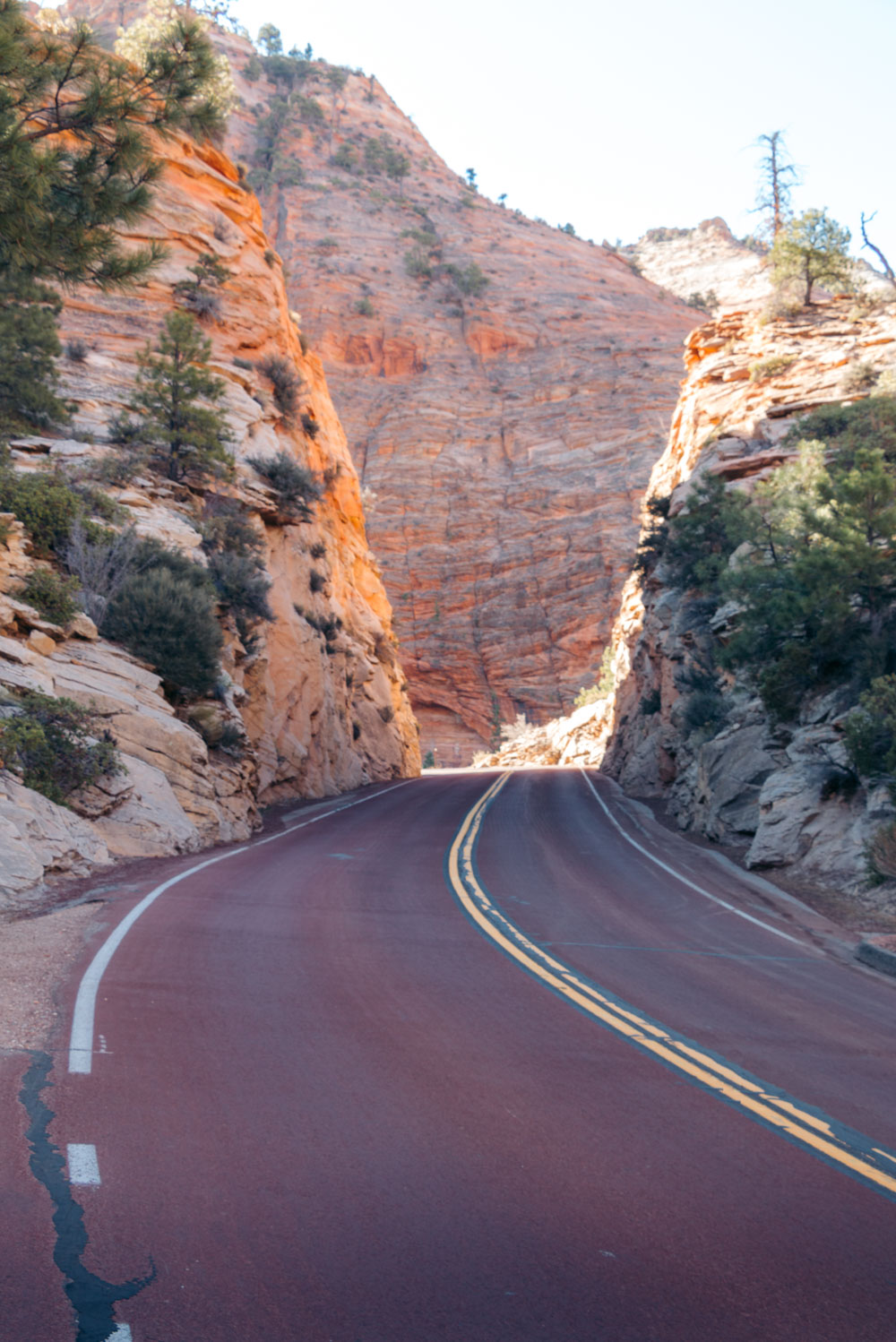
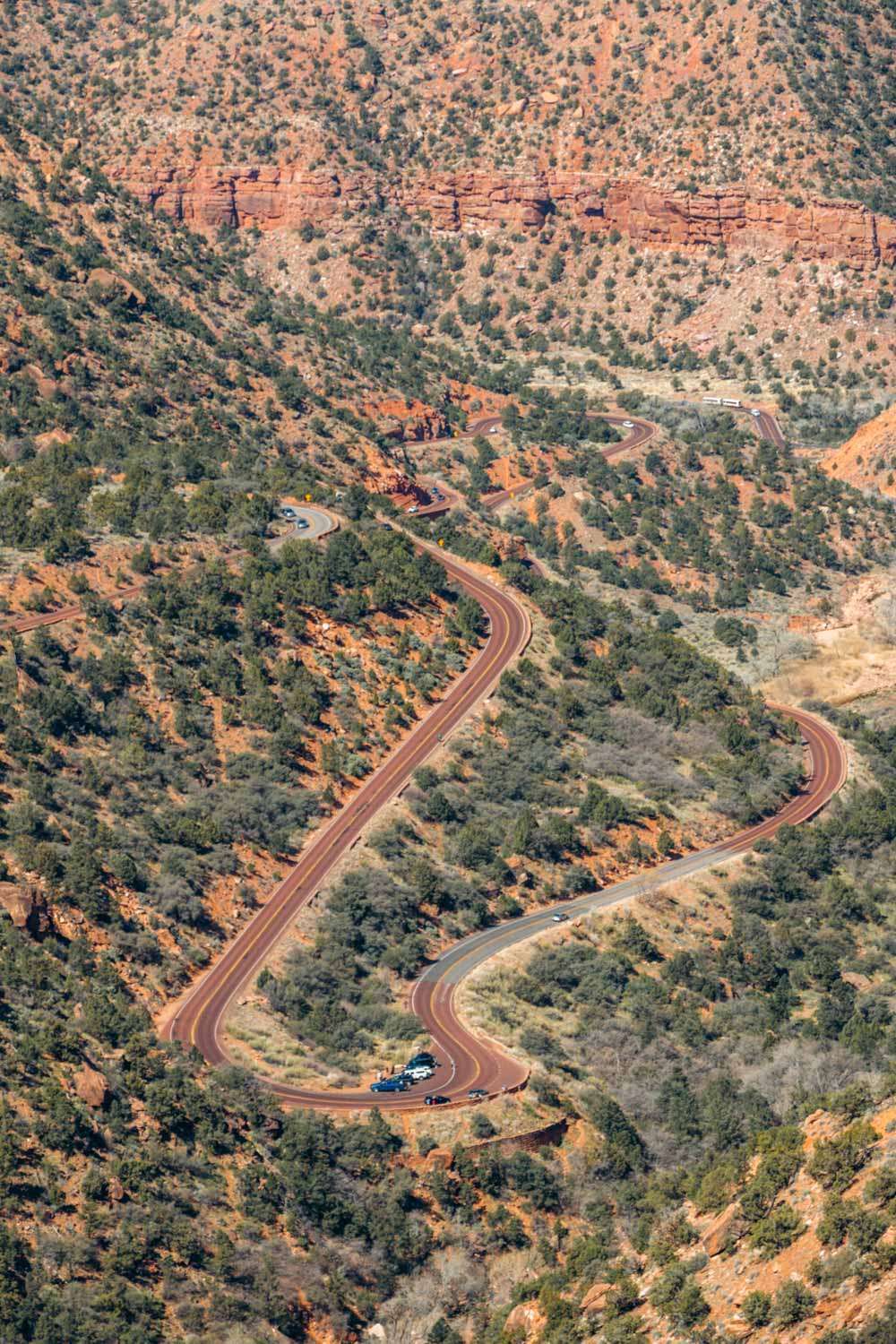
8. Terracotta Color of Zion’s Roads
Every few years, the roads in Zion National Park get resurfaced, in other words, coated with local red cinder that give them their signature terracotta color. A fresh coating of oil and rock chips is put on the roads. The new layer of the volcanic ashes usually stays on the roads for approximately 2-3 weeks. After the sediments settle, the remaining loose chips are removed.
Normally, the park informs its visitors about the road works and instructs them to slow down while traveling through the affected sections.
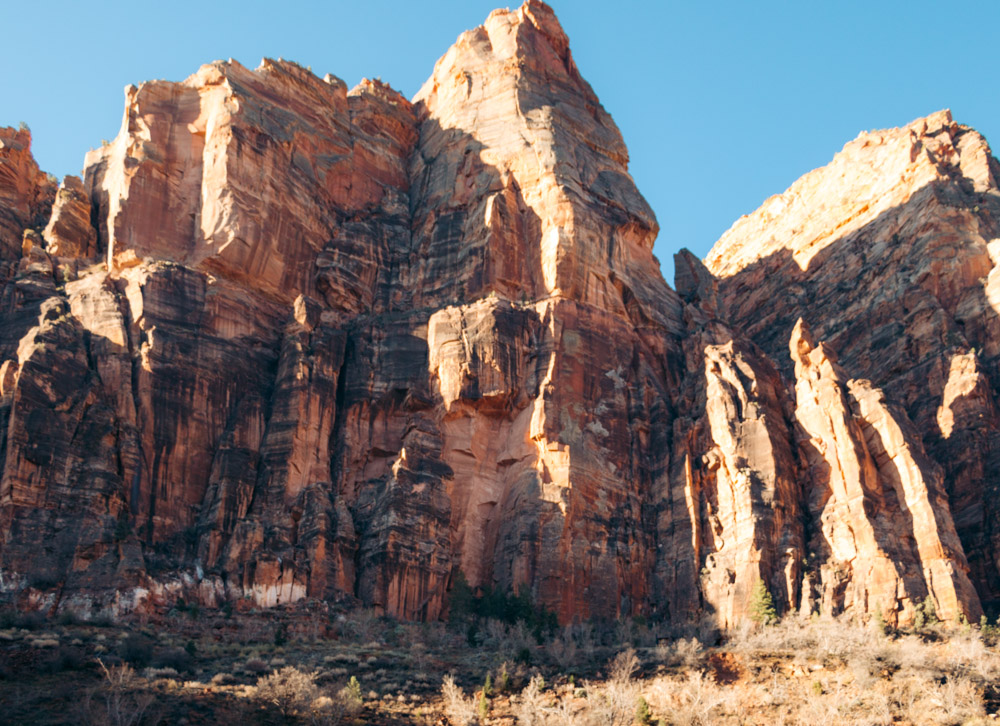
9. Mysterious Boulders Near Zion Lodge
An easily noticeable area with large, barren boulders comes into view as you drive from the Zion Canyon Visitor Center to the Zion Lodge along the Zion Canyon Scenic Drive. Surrounded by other rock formations covered with vegetation, this particular spot looks odd.
As our shuttle driver who never ran out of the intriguing facts about Zion National Park stated the rocks had gotten loose and fallen off the cliff on the road some 30 years ago. Rockslides are not uncommon in the area. Soon the destroyed portion of the route was reconstructed. Everything seemed to work smoothly for a while. People who visited Zion National Park at a later time didn’t even know about the incident.
Travelers who stayed at the Zion Lodge at the time of the incident, however, had been trapped and evacuated by helicopters. Their cars and other large belongings stayed at the lodge until the road was rebuilt.
Three years later the park’s history repeated itself. Another boulder above the same section of the road fell off and temporarily discontinued any transit along the scenic drive.
Some people believe that nature tries to protect its wonders from excessive human intervention. But the fact remains that you should always exercise caution when visiting Zion National Park.
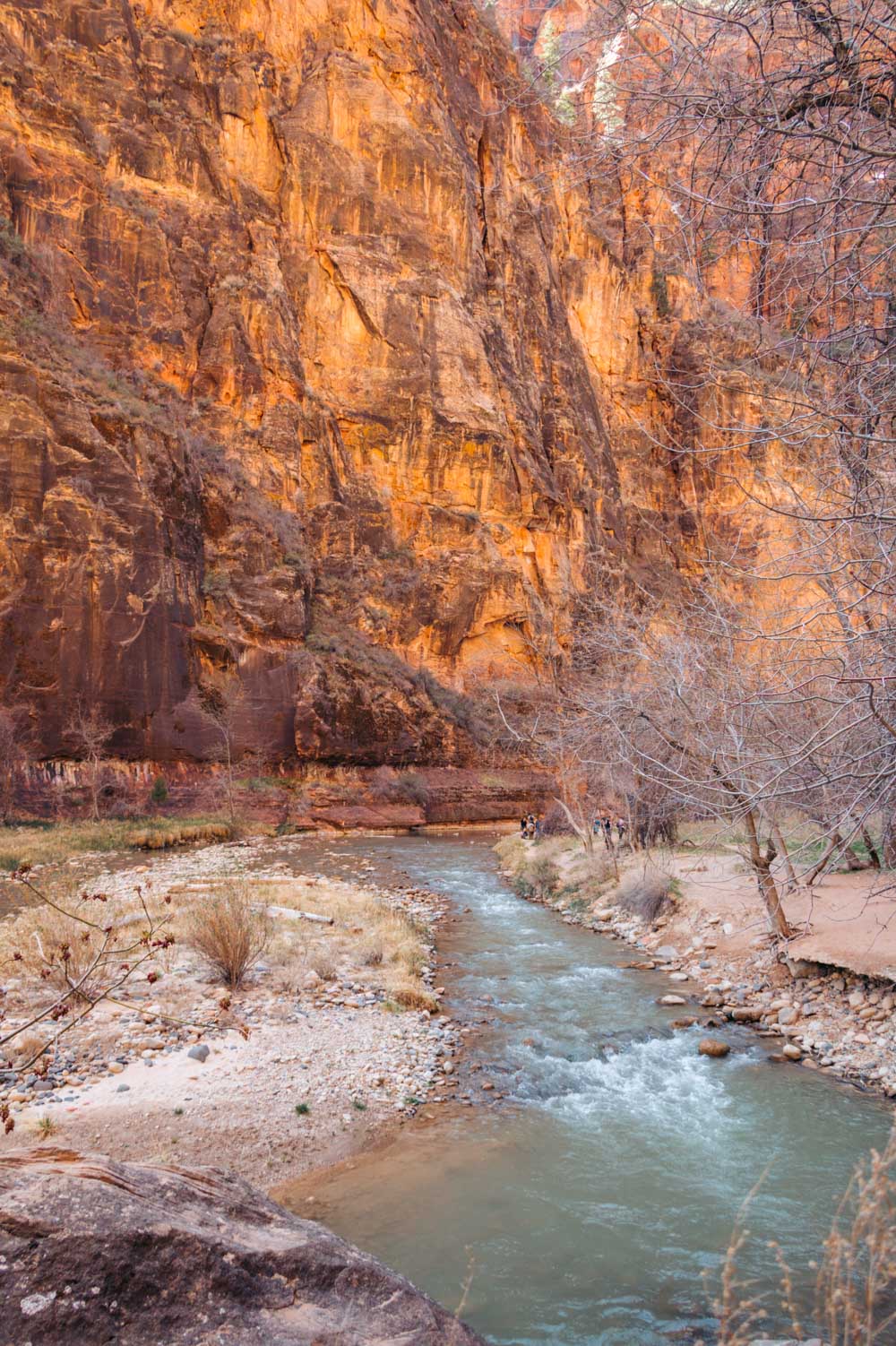
10. One of the Most Popular National Parks in the Country
Zion National Park is one of top 5 most visited parks in the United States. In 2024, nearly 5 million people visited the park. Considering that Zion doesn’t even fall into the category of the 30 largest parks in the country, this fact certainly raises eyebrows.
Read More
- LODGING: Where to Stay in Zion National Park: Camping and Lodging
- ITINERARY: How to Spend 2 Days in Zion National Park (Weekend Itinerary)
